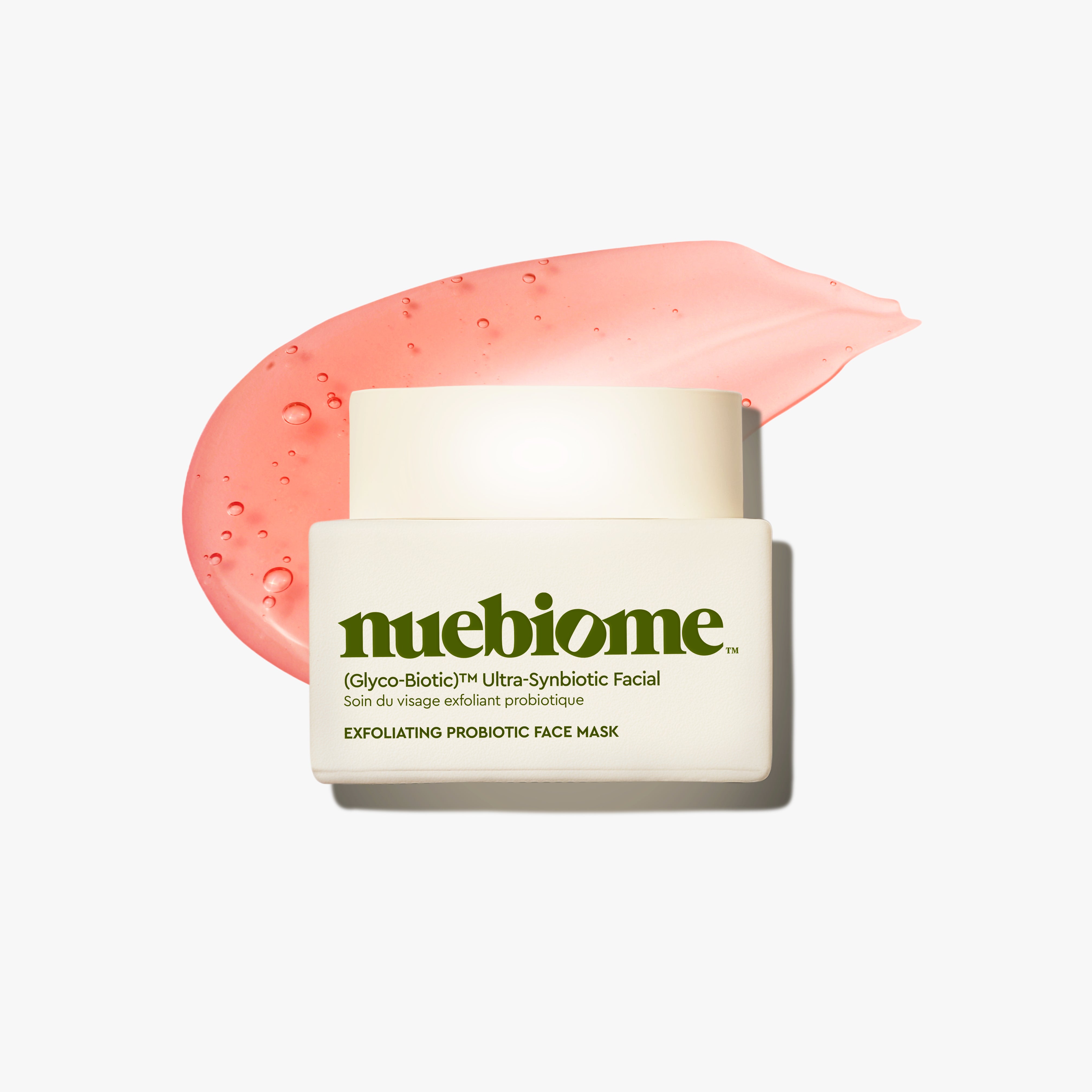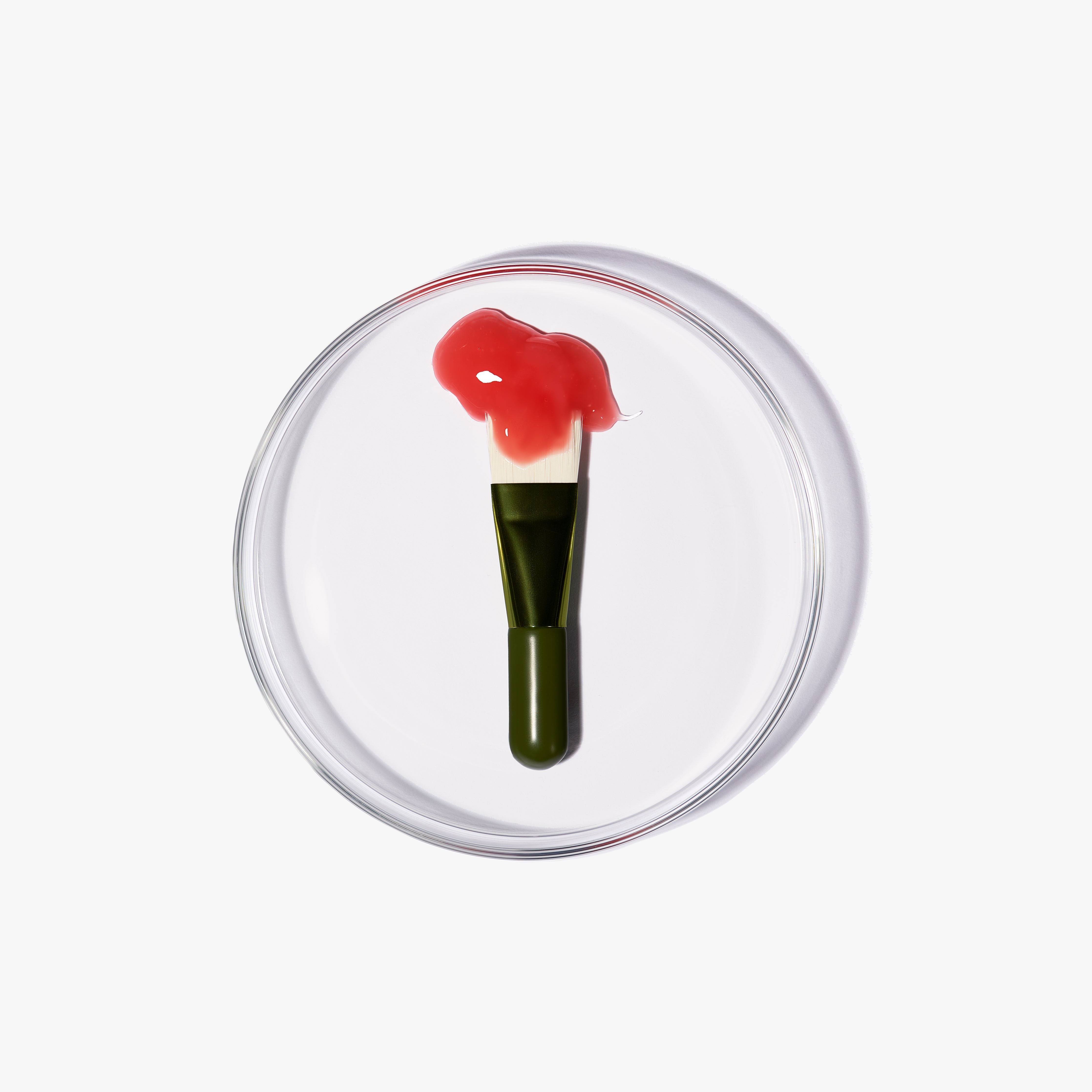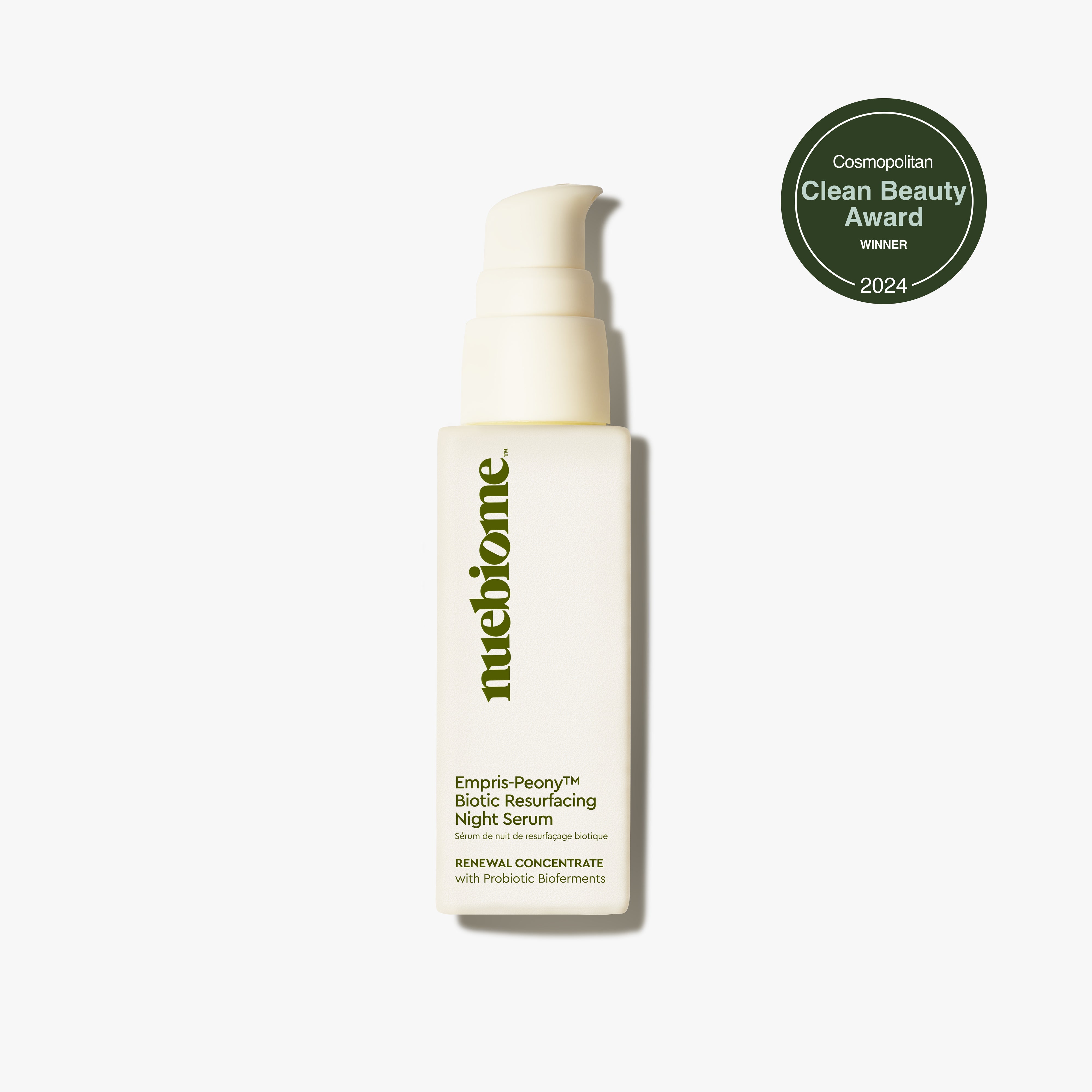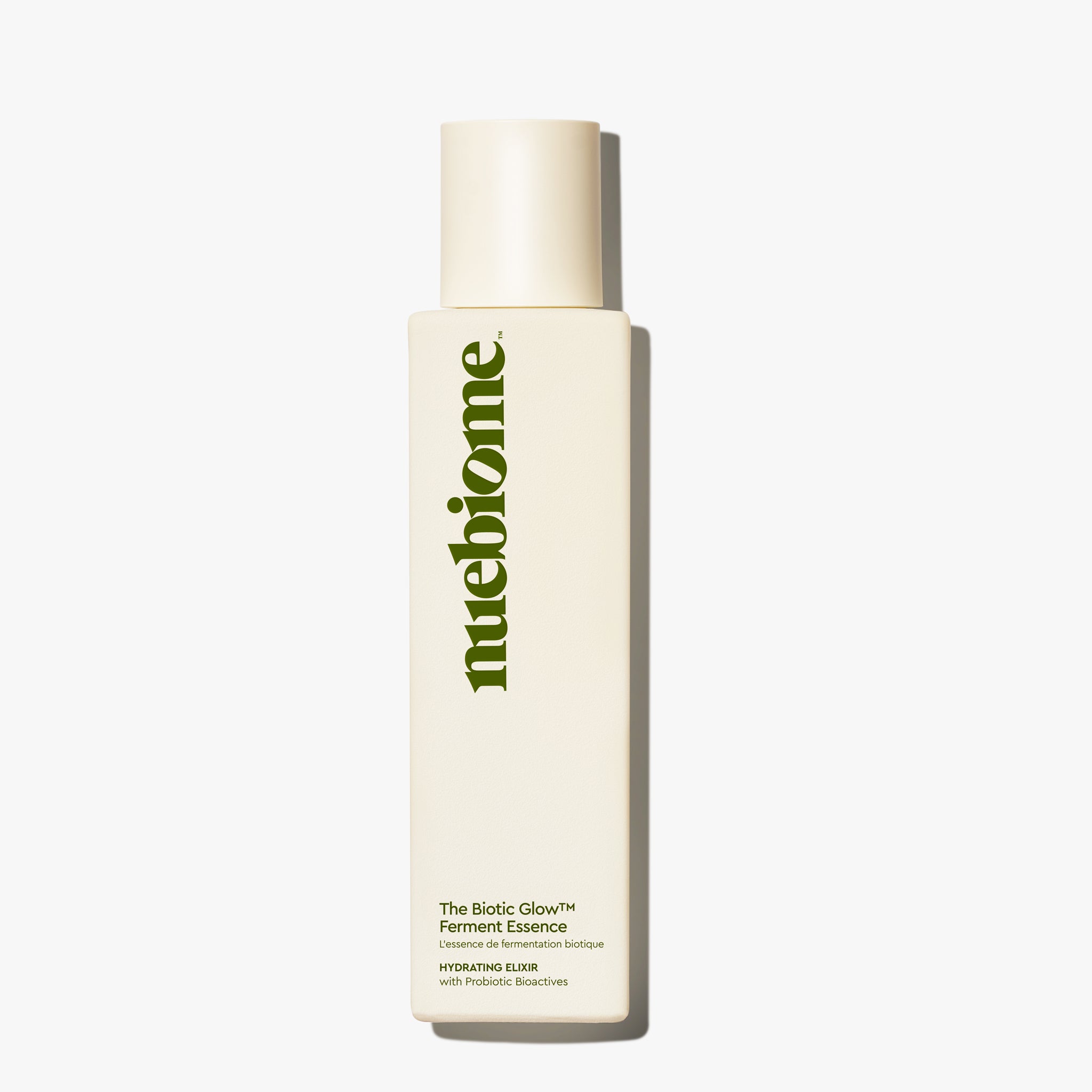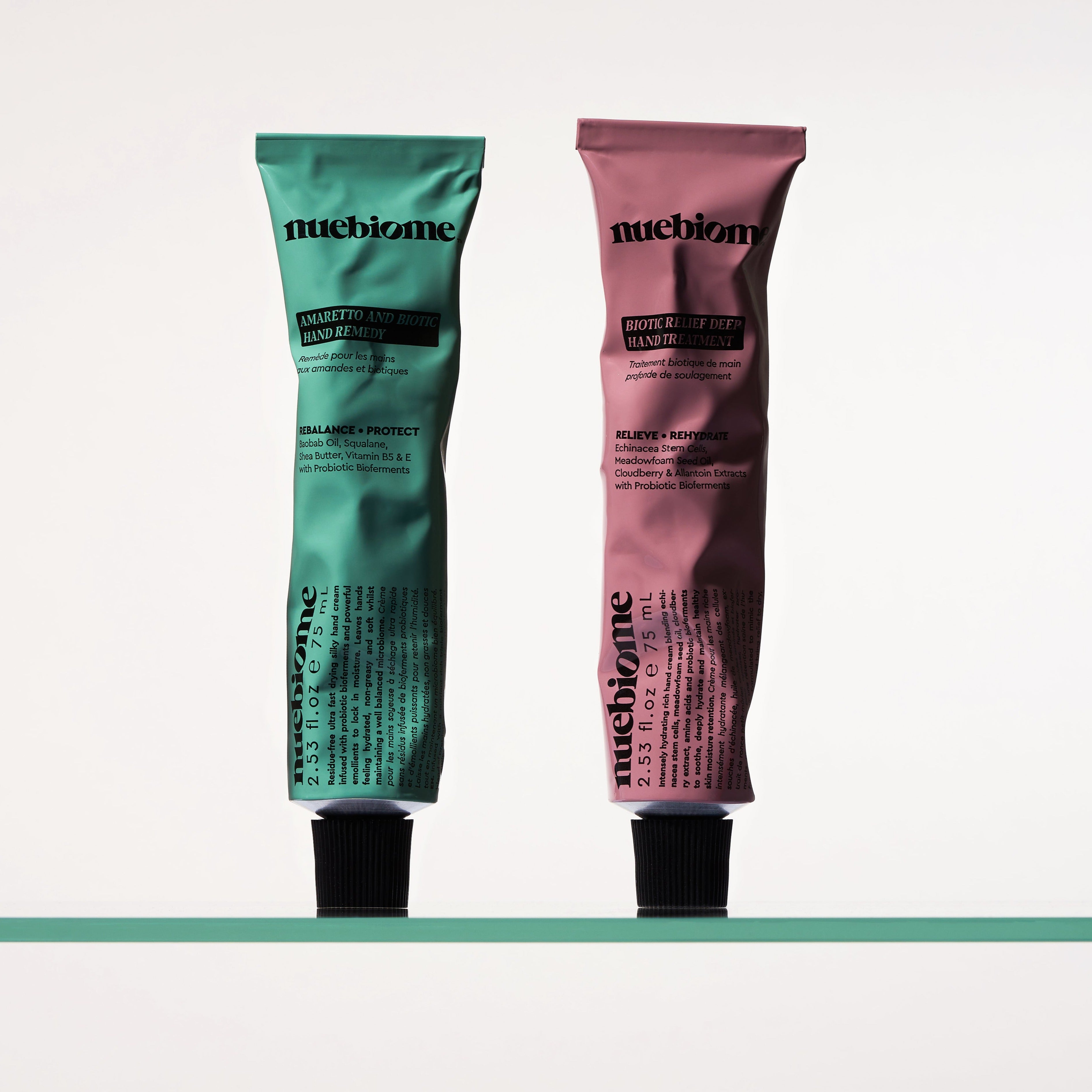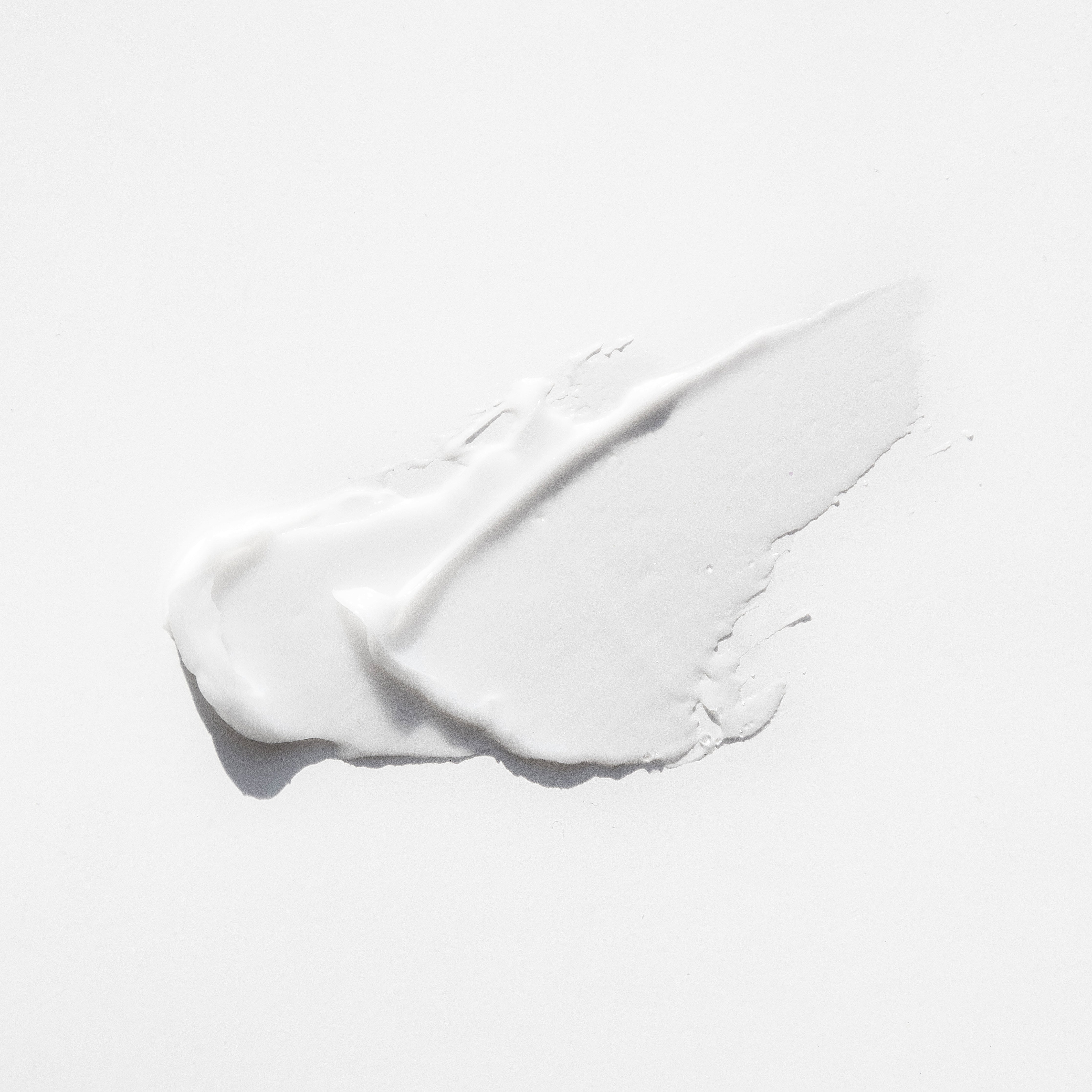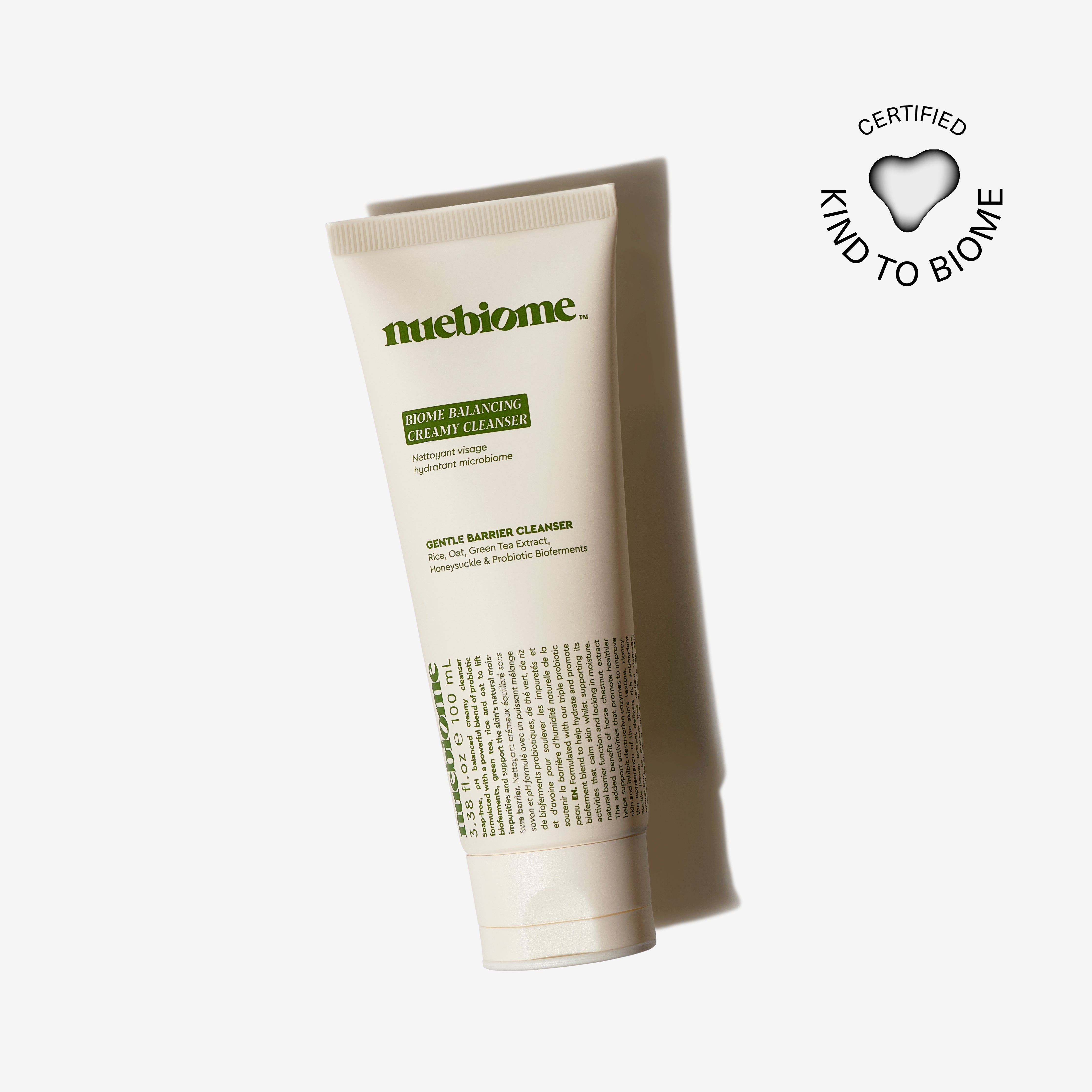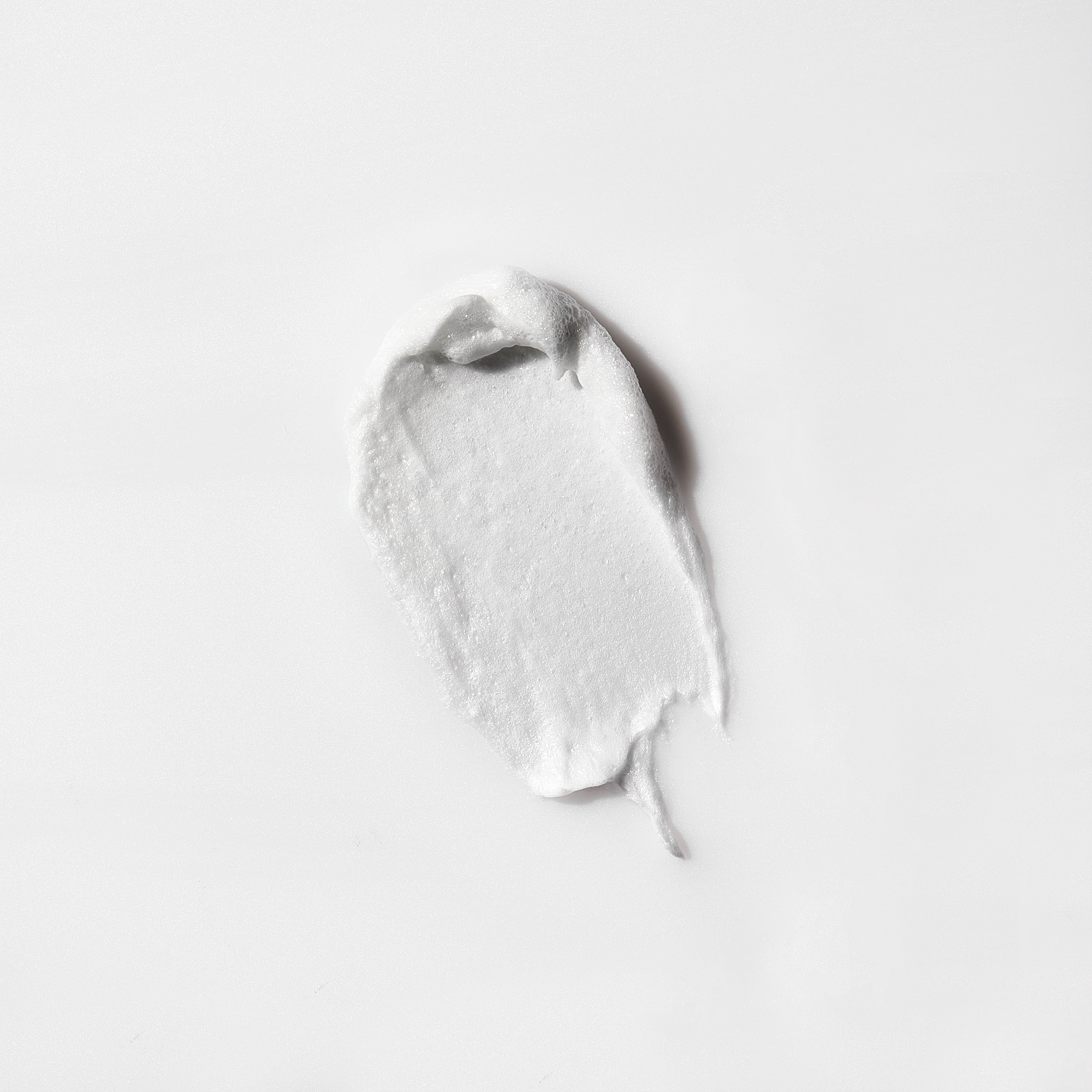We all know smoking is detrimental to our health, but its impact on our largest organ—the skin—is often understated. The visible consequences, like premature aging and a lackluster complexion, are not just superficial concerns; they are external signs of a deep, internal battle. The thousands of toxic chemicals in a single cigarette wage a silent war on your skin, starting with its most crucial defense system: the microbiome. Understanding this connection is the first step toward reclaiming your skin's health and vitality.
This isn't about judgment; it's about empowerment through science. Let's delve into the 7 shocking effects of smoking on your skin and unveil a targeted, microbiome-first recovery plan to help you restore your luminous glow.
How Smoking Wages War on Your Skin's Microbiome
Before we can understand the damage, we must first appreciate our skin's primary shield. Your skin is home to a thriving, invisible ecosystem of trillions of microorganisms known as the skin microbiome. This complex community of bacteria, fungi, and viruses works in harmony to protect you from pathogens, manage inflammation, and maintain a strong, resilient skin barrier. It’s your first line of defense against the outside world. This is the foundation of modern microbiome skincare, a philosophy centered on nourishing this delicate ecosystem.
When you smoke, you expose your body and skin to an onslaught of over 7,000 chemicals, many of which are potent toxins. This induces a state of massive oxidative stress, a process where unstable molecules called free radicals overwhelm your skin's natural antioxidant defenses. These free radicals don't just damage skin cells; they profoundly disrupt the delicate balance of your microbiome.
This disruption, or dysbiosis, weakens your skin's defenses. Beneficial bacteria are diminished, while harmful ones can proliferate, leading to a compromised skin barrier. A weakened barrier becomes permeable and inefficient, unable to lock in moisture or keep out irritants. This foundational damage is the root cause of nearly every visible skin issue associated with smoking, from accelerated aging to persistent dullness.
Effect 1 & 2: Premature Wrinkles & Loss of Elasticity
One of the most well-known effects of smoking is its dramatic acceleration of the aging process. The youthful bounce and firmness of our skin depend on a healthy network of collagen and elastin fibers. Smoking launches a two-pronged attack on this vital support structure.
First, the nicotine in cigarettes causes vasoconstriction, a narrowing of the blood vessels throughout your body, including the tiny capillaries that feed your skin. This severely restricts the flow of oxygen-rich blood and essential nutrients to the dermis, the layer of skin where collagen and elastin are produced. Starved of these building blocks, your skin's natural regenerative processes grind to a halt.
Second, many chemicals in tobacco smoke actively degrade your existing collagen and elastin. They stimulate the production of enzymes called matrix metalloproteinases (MMPs), which essentially "eat" away at your skin's structural proteins. The result is a rapid loss of firmness and elasticity. Skin begins to sag, and wrinkles form much earlier and deeper than they would naturally. The repetitive facial motions associated with smoking also contribute, creating characteristic "smoker's lines"—deep vertical wrinkles around the mouth—and exacerbating crow's feet around the eyes.
Effect 3 & 4: A Dull, Sallow Complexion & Uneven Tone
Does your skin lack that vibrant, lit-from-within glow? Smoking is a primary culprit behind a dull, ashen, or sallow complexion. This lifeless appearance is a direct consequence of the chronic oxygen deprivation caused by vasoconstriction. When your skin cells aren't receiving enough oxygen, cell turnover slows down, and your complexion takes on a greyish, tired pallor.
Furthermore, smoking systematically depletes your body's reserves of essential vitamins, most notably Vitamin C. Vitamin C is a powerhouse antioxidant that plays a critical role in skin health. It's vital for collagen synthesis, but it's also a key player in protecting the skin from sun damage and inhibiting the enzyme responsible for melanin production (tyrosinase).
With diminished Vitamin C levels, your skin becomes more vulnerable to free radical damage and less equipped to manage pigmentation. This leads to an uneven skin tone and can cause existing dark spots or areas of hyperpigmentation to become darker and more pronounced. The combination of poor circulation and nutrient depletion robs the skin of its natural radiance, leaving it looking flat and aged.
Effect 5 & 6: Chronic Dehydration & A Compromised Barrier
Healthy skin is hydrated skin. A robust skin barrier is rich in lipids (fats) that form a watertight seal, preventing transepidermal water loss (TEWL) and keeping skin plump and supple. Smoking directly undermines this function. The constant assault from toxic chemicals and the resulting microbiome imbalance impairs the barrier's ability to produce and maintain these essential lipids.
As the barrier weakens, moisture escapes, leading to a state of chronic dehydration. This isn't just temporary dryness; it's a persistent feeling of tightness, discomfort, and a flaky or rough texture. Dehydrated skin often looks crepey and fine lines become much more obvious.
This persistent dryness is one of the most telling signs of a damaged skin barrier. When your barrier is compromised, it’s not just about moisture loss. It's also less able to protect you from environmental aggressors like pollution, UV rays, and allergens. This creates a vicious cycle of irritation, inflammation, and further damage, leaving the skin in a constant state of stress and vulnerability.
Effect 7: Delayed Healing & Increased Scarring
Have you ever noticed that a breakout or a small cut seems to take forever to heal? This sluggish repair process is another devastating effect of smoking. The same poor blood flow that causes wrinkles and dullness also severely hampers your skin's innate ability to heal itself.
Wound healing is a complex process that requires an abundant supply of oxygen, nutrients, and immune cells, all delivered via the bloodstream. When circulation is impaired by nicotine, this entire process slows down. Furthermore, a disrupted microbiome can't effectively manage the inflammatory response or defend against infection at the wound site.
This means that everything from acne blemishes to minor scratches will linger for much longer. More concerningly, this delayed healing significantly increases the risk of complications. The prolonged inflammatory phase makes the skin more susceptible to post-inflammatory hyperpigmentation (PIH)—the stubborn dark spots that remain long after a pimple has healed. In more severe cases, the skin's inability to properly regenerate collagen can lead to permanent atrophic or hypertrophic scarring.
Reclaiming Your Glow: A Microbiome-First Recovery Plan
While this information can feel disheartening, the skin has a remarkable capacity for regeneration. By providing it with the right tools, you can actively work to reverse visible damage and restore its health. The key is to move beyond surface-level treatments and adopt a ritual that focuses on the root of the problem: rebalancing the microbiome and repairing the skin barrier.
This 3-step recovery plan is designed to specifically counteract the effects of smoking by infusing your skin with synbiotics (pre-, pro-, and postbiotics), potent antioxidants, and deep hydration.
Step 1: Rehydrate & Prep with The Biotic Glow™ Ferment Essence
The first step in any recovery mission is to re-establish a healthy foundation. After cleansing, saturate your skin with The Biotic Glow™ Ferment Essence. This alcohol-free, water-light formula instantly floods chronically dehydrated skin with moisture. More importantly, it delivers a powerful dose of fermented ingredients and prebiotics. These ingredients act as "food" for the beneficial bacteria on your skin, helping to rebalance your microbiome and strengthen your barrier from within. By prepping the skin with this essence, you counteract dullness and create a perfectly hydrated canvas that is more receptive to the treatments that follow.

Step 2: Defend & Brighten with Plum Botanical Serum
Next, it's time to go on the offensive against oxidative stress. Plum Botanical Serum is your daily defense. This luxuriously soft face oil is an antioxidant powerhouse, rich in vitamins and polyphenols from a blend of botanical oils, including plum, pomegranate, and sea buckthorn. These antioxidants work to neutralize the damaging free radicals generated by smoke and environmental pollutants, preventing further breakdown of collagen and elastin. Its deeply nourishing formula also helps to replenish the skin's lipid barrier, locking in the hydration from your essence and restoring a supple texture and luminous glow.

Step 3: Intensive Repair with the (Glyco-Biotic)™ Ultra-Synbiotic Face Mask
Once or twice a week, give your skin an intensive reset. The (Glyco-Biotic)™ Ultra-Synbiotic Face Mask is a concentrated treatment designed to accelerate recovery. It features our signature synbiotic complex to deliver a clinical dose of microbiome-balancing ingredients directly to the skin, bolstering barrier function. Simultaneously, a gentle blend of glycolic and lactic acids works to dissolve the bonds holding dull, damaged dead skin cells to the surface. This exfoliation reveals the brighter, smoother skin underneath, helps fade the appearance of dark spots, and stimulates cell turnover for a revitalized complexion. Think of it as hitting the reset button on smoker's-induced dullness and texture.

Incorporating these targeted steps into your daily and weekly rituals can make a profound difference. For even greater results, consider how they fit into a comprehensive regimen, such as The Ultimate Nighttime Skincare Routine for Glowing Skin, as the skin's repair processes are most active while you sleep. By committing to a microbiome-first approach, you are not just treating the symptoms—you are rebuilding your skin's health from its very foundation, empowering it to heal, defend, and glow once more.
